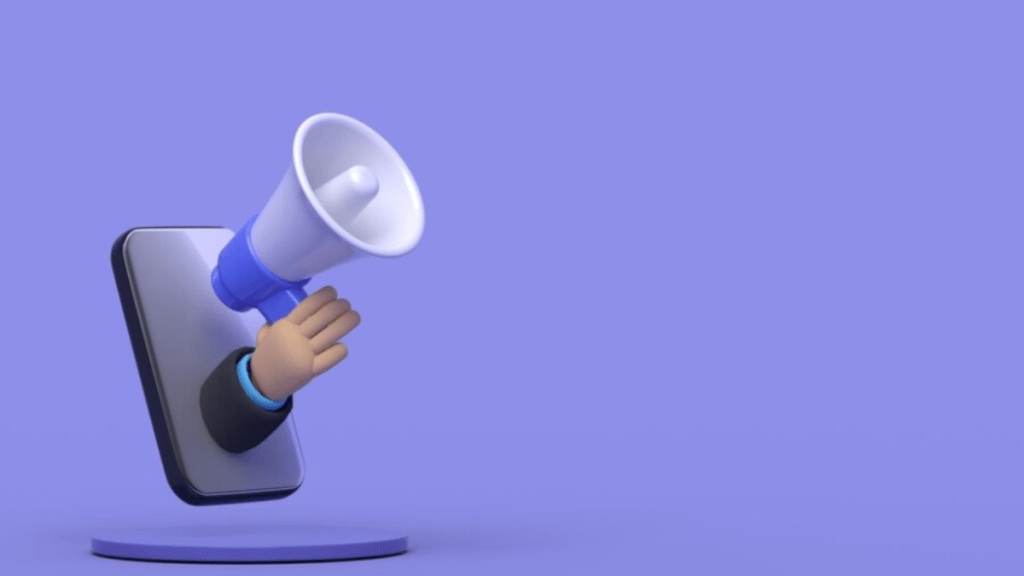The Omnicom-Interpublic combine can topple WPP after becoming the world’s largest advertising agency network. But not in India. Globally, Omnicom ($20.2 bn) is the bigger of the two partners ($10.9 bn); but in India, “IPG is at least three times larger than Omnicom, and WPP is double the size of IPG. Together, they will be a credible threat to WPP’s dominance but they would still not make it to the No 1 spot,” says an industry veteran.
Deals of this scale are never straightforward despite the initial euphoria. Individual agency brands have to compete with each other for clients as their parent firms fight for self-preservation, hamstrung by cost-cutting clients on the one hand and trespassing tech companies on the other.
For, instance, tech and e-commerce giants including Google, Meta, Amazon and Flipkart together reported advertising revenues exceeding Rs 60,000 crore during the financial year 2023-24, a 9% increase from Rs 55,053 crore the previous financial year, as per Registrar of Companies filings.
“Don’t be surprised if the Omnicom-Interpublic merger means the death of some venerable old advertising brands, India included,” says Sandeep Goyal, chairman of Rediffusion. “The holding companies hopefully end up with stronger balance sheets. But in the process some brands get ‘rationalised’, ‘right-sized’ or even eliminated. Which is sad – JWT and Y&R have vanished.”
Omnicom’s flagship agencies include BBDO, DDB, TBWA, OMD and PHD while IPG counts McCann, FCB, MullenLowe and IPG Mediabrands among its marquee shops in the country.
There are other ticklish issues such as managing conflicts of interest that will inevitably arise from the agencies in the merged entity servicing clients in the same categories. For instance, OMG (Omnicom Media Group) manages all media responsibilities for Tata Motors’ passenger vehicle division, including digital, TV, print, OOH, and creative duties.
On the other hand, BMW India is an automobile client of Interpublic’s (IPG) Team Dynamic. IPG also has an automotive division called IPG Automotive, which has built relationships with key OEMs and tier 1 suppliers in the region. And what about Amazon? Just recently, OMG bagged the media business edging out the incumbent IPG’s Initiative.
“It is not impossible though and much depends on how the businesses are assigned to agencies,” says the expert. “Globally, WPP agencies have handled P&G, Reckitt and Lever brands without much fuss. But that can take time.”
Pinaki Dasgupta, professor of Marketing, IMI New Delhi, says the merged entity might have to negotiate some creativity-related challenges as well. At a time when clients are demanding agility and quick turnaround, a large network can stifle the flow of information, thwarting creativity. Edtech platforms, gaming and pure play fintech firms are among the biggest spenders these days and they demand flexibility and accountability. Smaller firms stand a better change of being able to deliver in this area.
That said, for India, this merger presents both challenges and opportunities, says Sukriti Sekhri Gupta, assistant professor of Marketing at S.P. Jain Institute of Management and Research. “While a strategic move of this scale may lead to organisational strain and demand managerial efficiencies, on the positive side, it could enhance the advertising industry’s value, provide greater negotiating power, and offer collective resources for smaller players, enabling them to leverage the merger’s extensive network,” she sums up.

